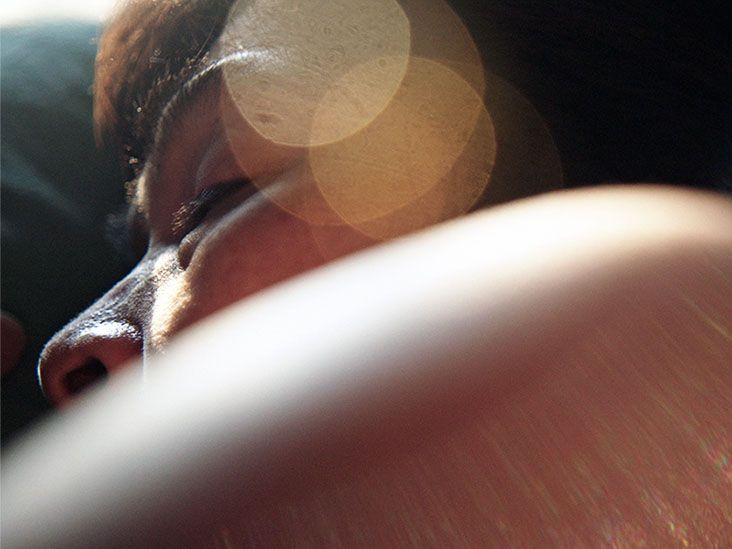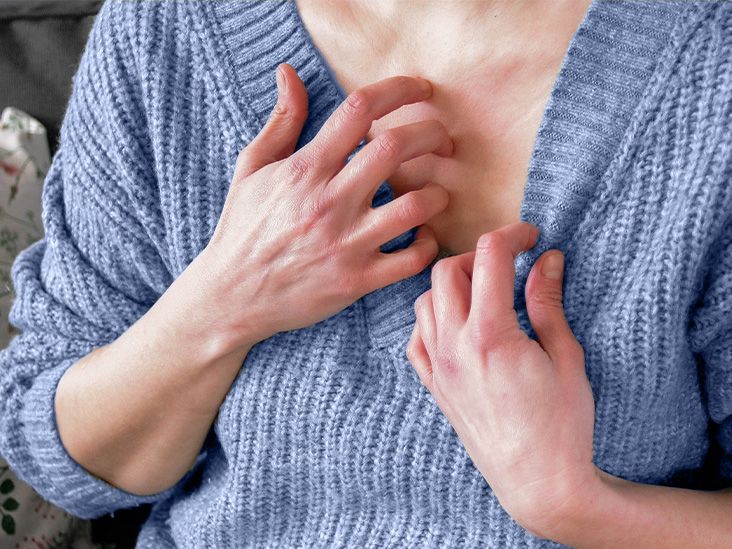There is no cure for PIK3CA-related overgrowth spectrum, but several options are available to treat the root cause of the condition and help manage symptoms. These include targeted therapy, medication, and surgery in certain cases.
PIK3CA-related overgrowth spectrum (PROS) refers to a group of genetic disorders. There is currently no
Some of these treatments focus on symptom management, while others can help treat the underlying cause of PROS.
Learn more about PROS, targeted therapy, and other treatment options.
PROS is a group of genetic disorders that can cause the overgrowth of various parts of the body. This is caused by a variation in a gene known as PIK3CA. This gene is in charge of regulating cell growth, as well as cell division and cell survival.
Due to the gene changes in PROS, some parts of the body can become larger than expected.
Certain types of tissues may be affected, including:
- bones
- skin
- vascular system
- fat tissue
- connective tissue
Since PROS can affect so many types of tissues, it can look different among people living with the same condition.
Here are some common ways PROS can show up:
- abnormal growth of body parts, such as entire limbs
- enlarged fingers, thumbs, or toes
- port wine stains
- varicose veins
- sideways curve of the spine
- vascular malformations
- lymphatic malformations
PROS may cause
- disfigurement
- functional disabilities
- soft tissue deformations
- spinal issues
- neurological issues
- bleeding
- thrombosis
- recurrent soft tissue infections
- chronic and acute pain
At present, treatment for PROS is limited. People with PROS can have vastly different symptoms, severity, and manifestations of the condition. Because of this, treatment is highly individualized and based on the needs of the person living with the condition.
Treatment options may focus on the management of symptoms, which can vary widely between people with PROS.
Targeted therapy
In 2022,
Alpelisib works by blocking the overactive signal pathway of the PIK3CA gene. It can help reduce overgrowth, vascular lesions, and functional complications due to PROS. It can also help prevent new lesions from forming.
In people ages 2 to 18 years, 50 milligrams (mg) of alpelisib is taken orally with food once a day at roughly the same time each day.
From the age of 6, the dose can be increased to 125 mg per day after 24 weeks have passed.
In adults, 250 mg once daily orally with food is prescribed.
Clinical trials suggest alpelisib is both well tolerated and clinically effective for both adults and children with PROS.
Medications
Along with targeted therapy, other medications are available for PROS treatment. These may be used to help with symptoms management of PROS:
- Anticoagulant medications may be recommended for some people with PROS to
prevent blood clotsTrusted Source . - Growth hormone therapy may be needed for people with PROS who have growth hormone deficiency.
- Glucagon injections may be needed for people with PROS and hypoglycemia.
- Some people may require antiseizure medications.
- Those with lymphovascular changes may be prescribed antibiotics.
- Sirolimus may be given to people with vascular malformations.
A variety of surgeries may occur to help manage PROS symptoms.
Brain surgery
Neurological complications as a result of PROS can require neurosurgery. These
Chiari malformationTrusted Source - increased intracranial pressure
- brain overgrowth or other structural issues
Neurosurgery may also be undertaken to help manage seizures.
Debulking surgery
For those with overgrowth of limbs or bulky tissues, a surgery known as debulking surgery may be performed. This can help reduce the size of tissues and overgrown limbs.
However, vascular changes in the overgrown tissues can lead to complications after a debulking surgery. The tissues can also regrow following surgery, requiring repeat surgeries throughout a person’s life span.
Orthopedic surgery
Some people with PROS may benefit from various
An example that may be required is surgery to close the growth plate in joints — most commonly the knee — to equalize the length of the legs. This may also be performed on fingers and toes with overgrowth.
Laser ablation
Vascular changes in PROS can cause the formation of unusual blood vessels, which can create visible marks on the skin.
In some cases, additional treatment or therapeutic options may be recommended for people living with PROS.
A doctor may recommend compression garments and lymphatic massage to reduce swelling.
Shoe lifts on a leg that is shorter may be useful before orthopedic surgery to
A doctor may refer those with physical or mental disabilities to
There is no cure for PIK3CA-related overgrowth spectrum, but a variety of treatment options are available. Targeted therapy can help treat the underlying cause of PROS. Other treatment options, like surgery, can help manage symptoms. Other treatment and symptom management options include medications, laser ablation, and therapies, such as occupational therapy.


